What kind of tanks opponents met the Second World War
Germany, which adopted the "blitzkrieg doctrine", based on achieving lightning victory by attacking a preemptive enemy by using large tank units to break through the front and penetrate deep into enemy territory. In Germany, the focus was on the development of mobile light and medium tanks. German strategists were the first to see the main purpose of tanks in a future war, and they used it wisely.
In the Soviet Union, they adhered to the French-English concept of deterring the enemy, defeating and persecuting on its territory and focused on the development of light infantry and cavalry support tanks. There were no independent armored forces in the Red Army either, in the form of companies, battalions and regiments they were part of the staff or attached to reinforce rifle divisions and brigades.
Against the background of the successes of the German army with the rapid attack and defeat of Poland, France and England revised their concept and in 1940 began to create tank divisions. In the Soviet Union against this background also began to create mechanized corps and tank divisions to perform independent tasks, but by the beginning of the war reorganization has not been completed.
In the interwar period, models of tanks of various classes, from the lightest tank shoes to super-heavy "monsters", were created. By the end of the 30-x in tank building, the classical layout of tanks began to prevail with the search for the optimal ratio of firepower, security and mobility of tanks. Experience in the development and operation of tanks showed that the most effective were medium and close to them tanks. By the beginning of the war, future adversaries came up with different numbers and quality of tanks, they had fundamentally different concepts for their use.
The most effective was the German doctrine, with the help of which Germany promptly smashed its opponents with tank wedges and forced them to surrender. At the same time, in terms of the quantity and quality of tanks, Germany often did not exceed its opponents, and even with such means achieved impressive results. By its actions, Germany argued that in addition to good tanks, we must also be able to competently use them.
What were the tanks of opponents on the eve of the war? There was no clear gradation of tanks in today's understanding, there were light, infantry, cavalry, cruiser and heavy tanks. For ease of qualitative and quantitative analysis, all the main tanks of the time in this review are summarized in three comparative tables - light, medium and heavy, with their tactical and technical characteristics and the number of samples produced before the war.
Light tanks
This class is the largest in terms of type and number of tanks, light floating tanks should also be included here, which were mass-produced only in the USSR and did not have any serious use for their intended purpose, since almost all were destroyed in the first months of the war. In other countries, manufacturers of armored vehicles amphibious tanks were not mass-produced.
1) The BT series of tanks was produced in all 8620, including 620 BT-2, 1884 BT-5. 5328 BT-7 and 788 BT-7.
Light tanks
Also in all countries in this period the wedges were mass-produced, but due to their insignificant influence on the firepower of tank and other units, they are not taken into account in this review.
Consideration of the main characteristics of firepower, security and mobility of light tanks shows that they did not differ fundamentally and were characterized by a crew of mostly human 2-3, tank weights (5-14) tons, light cannon and machine guns, anti-bullet reservation and relatively good mobility .
Almost all of them were riveted from armor plates, had a reservation (13-16) mm, only French tanks H35, R35, FCM36 and the Soviet T-50 tank with counter-sparring booking 34-45 mm stood out. It should also be noted that the design of the hull and turret FCM36 and T-50 mainly used the installation of armor plates at rational inclination angles.
20-45-mm cannons were installed as cannon armament on light tanks. The French tanks have a short-barreled 37-mm cannon, in German Pz.II long-barreled 20-mm cannon and on Soviet tanks a long-barreled 45-mm cannon.
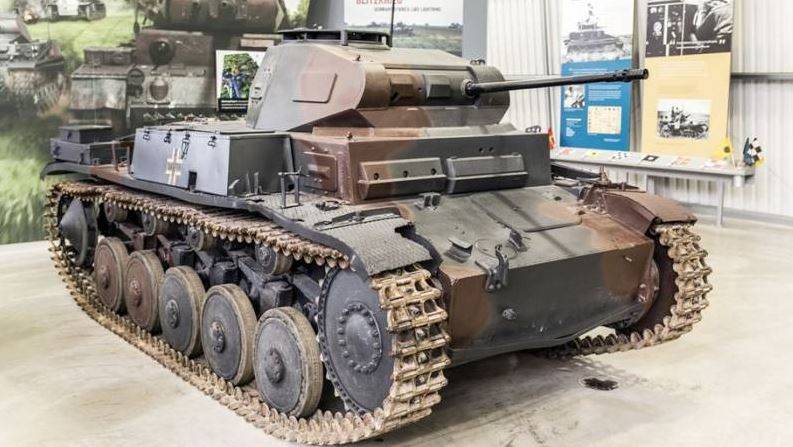
In the French FCM36 and the Soviet T-50, a diesel engine was used as a power plant, on the rest of the gasoline tanks, the diesel engine was first used on a French tank. The Soviet T-50 had a significant mobility advantage.
The German Pz.I and the English Mk VI in terms of armament and armor were the weakest and were inferior to the Soviet and French light tanks. The firepower of the German Pz.II was insufficient due to the installation of a small-caliber cannon. The Soviet T-26 and BT-7 mass tanks outnumbered the German ones, were equal on armor, and the BT-7 were outnumbered by German tanks in mobility. In terms of characteristics, firepower, security and mobility, all were ahead of the Soviet T-50.
Medium tanks
Medium tanks were characterized by a crew of mainly (3-6) people, weighing 11-27 tons, 37-76,2-mm cannon armament, good anti-bullet protection, some tanks had anti-bullet protection, and satisfactory mobility.
1) A total of 300 tanks were produced, including 175 Mk II A10 and 125 MkI A9 with similar characteristics.
2) A total of 2491 tanks were produced, including 1771 MkV, 655 MkIV A13 and 65 Mk III A13 with similar characteristics.
3) 1248 T-34 tanks were produced by July 1941.
Medium tanks
The armor protection was mainly at the 16-30 mm level, only the English Matilda I had 60 mm thick armor, and the T-34 had 45 mm armor with rational tilt angles.
The most powerful caliber guns had a Pz IV and T-34, but on the Pz IV there was a short-barreled 75mm gun with L / 24, and on the T-34 a long-barreled 76,2-mm gun with L / 41,5.
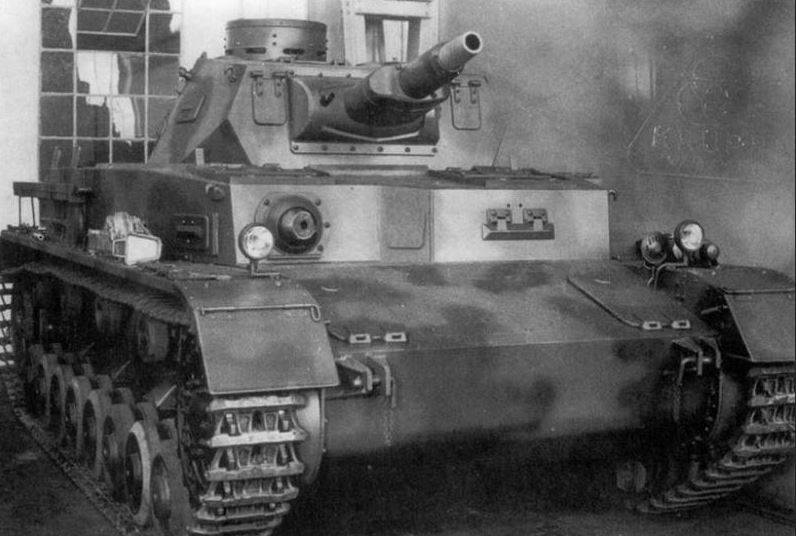
By mobility stood out T-34 with a diesel engine, tank speed 54 km per hour and power reserve 380km.
In terms of all the characteristics, all the tanks were significantly ahead of the T-34, the German Pz IV and the French S35 were somewhat inferior to it. In the West, a good medium tank was never developed, the T-34 was the first tank in which, for all its flaws in the layout of the combat compartment, there was an optimal combination of firepower, security and mobility, ensuring its high efficiency.
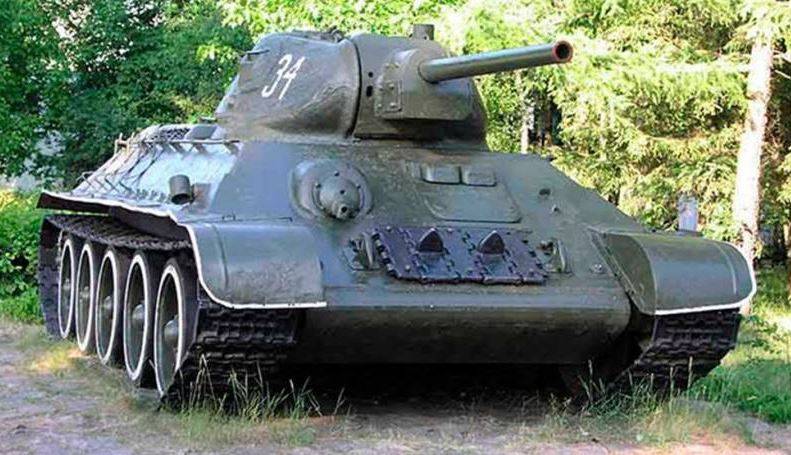
Heavy tanks
The heavy tanks were characterized by a crew of mainly 5-6 people, 23-52 tons of weight, 75-76,2-mm cannon armament, anti-missile booking and limited mobility characteristics.
German tank Nb.Nz. in fact, it was a medium tank, but for promotional purposes, German propaganda everywhere presented it as a heavy tank. In total, 5 samples of this tank were made, three of them were sent to Norway, where they demonstrated the power of the Wehrmacht armored forces and played no part in the fighting.
The multi-tower T-35 Soviet tanks turned out to be a dead-end branch and turned out to be ineffective in actual combat operations. The creation of the KV-2 assault tank with the 152-mm howitzer also had no further development due to the problems with the gun, the large dimensions of the tank and its unsatisfactory mobility.
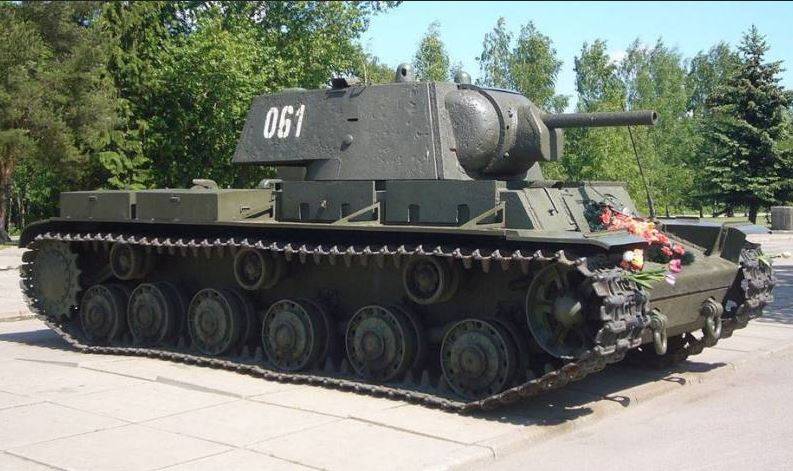
On the basis of the characteristics of the KV-1 and B1bis with the 60-75-mm armor and armor with powerful weapons, they were adequately represented in the niche of heavy tanks and were successfully used during the war. For firepower, the KV-1 stood out with a long-barreled 76,2-mm cannon with L / 41,6. Not much inferior to him, the French B1bis, armed with two guns, at the beginning of the war, he showed high efficiency and the 161 captured by the Germans B1bis were included in the Wehrmacht.
\
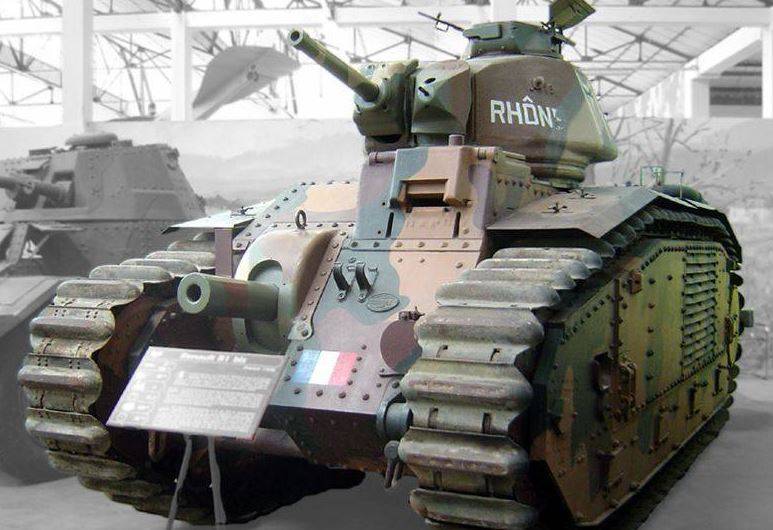
Soviet and German tank design schools
With the beginning of the war, the advantages and disadvantages of all tanks immediately became visible. None of the light, medium and heavy tanks of England and the United States did not find use during the war, they had to develop and launch into mass production new light, medium and heavy tanks. Occupied France completely stopped the development and production of tanks. In Germany, the Pz.II lungs were operated by the Wehrmacht until 1943, and the average Pz.III and Pz.IV became German mass tanks themselves and were produced until the end of the war, in addition to them, Pz.V Panther and Pz.VI appeared in 1942. "Tiger".
Tanks of the Soviet Union with the beginning of the war were adequately represented in each class, among the light T-50, medium T-34 and heavy KV-1. The T-34 became the main tank of the army and a symbol of Victory. For organizational reasons, it was not put on mass production of the T-50, instead of the outdated light tanks T-26 and the BT family, simple and cheap light tanks T-60 and T-70 were developed and launched, which were significantly inferior to T-50, but low cost and ease of production in wartime took its toll. A small batch of T-50 in 75 tanks confirmed its high performance, but in the conditions of the evacuation of the plants at the beginning of the war, its mass production did not work out, all forces were thrown into mass production of T-34. Heavy tanks KV-1, also showed themselves at the beginning of the war, based on them appeared more sophisticated KV-85 and the family of IP.
All this suggests that the Soviet and German tank design schools in the pre-war years turned out to be on top, they chose the right path for the development of tanks, creating truly decent models, strengthening them later with more advanced, developed already during the war.
Proportion of tanks on the eve of the war
After reviewing the tactical and technical characteristics of tanks, their quantitative ratio on the eve of the war is of interest. In different sources, the numbers vary, but the order of numbers in principle coincides. For a quantitative comparison of tanks in this material used the release of tanks by industry in the interwar period. Naturally, not all tanks were in the military with the outbreak of hostilities, some were being repaired or for training, some were decommissioned and disposed of, but this applies to all countries and by the ratio of tanks produced, one can judge the power of armored forces of countries that entered World War II .
1) In the USSR, before the war, the 4866 floating tank was produced, including 2566 T-37, 1340 T-38, 960 T-40.
2) Germany captured in Czechoslovakia 244 light tank LT vz.35 (Pz.35 (t)) and 763 light tank LT vz.38 (Pz.38 (t)), in France 2152 light tank, including 704 FT17 ( 18), 48 FCM36, 600 H35, 800 R35, as well as 297 medium tank S35 SOMUA and 161 heavy tank B1bis and included them in the Wehrmacht.
Production of tanks on the eve of the war
THE USSR. 1941 light tanks were produced before July 18381 years, including 9686 light tanks T-26, 8620 fast tanks BT series (620 BT-2, 1884 BT-5, 5328 BT-7, 788 BT-7M) and 75 light tanks T-50.
It was also released 4866 light amphibious tanks (2566 T-37, 1340 T-38, 960 T-40). They are difficult to attribute to the tanks, but according to their characteristics and capabilities they were armored vehicles with armor (mm 13-20) mm thick and machine-gun armament.
Medium tanks were released 1248 T-34 and 503 T-28. Heavy tanks were presented 432 KV-1, 204 KV-2 and 61 T-35.
In total, 20829 tanks of all classes were manufactured, including 18381 light, 1751 medium and 697 heavy, as well as 4866 floating tanks.
Germany. Until July 1941, the 2827 light tank (1574 Pz.I and 1253 Pz.II) and 1870 medium tank (1173 Pz.III and 697 Pz.IV) and 5 heavy Nb.Nz.
After joining Czechoslovakia 1938 of the Wehrmacht included 1007 lung Czechoslovak tank (244 LT vz.35 and 763 LT vz.38), and after the destruction in lung 1940 2152 France tank (704 FT17 (18), FCM48 36, 600 N35, 800 R35), 297 medium tank S35 SOMUA and 161 heavy tank B1bis.
All in all, the Wehrmacht had 8319 tanks of all classes, including 5986 light, 2167 medium and 166 heavy tanks.
France. At the beginning of the war, France had 2270 light tanks, (1070 R35, 1000 N35, 100 FCM36), approximately 1560 outdated light FT17 tanks (18), 430 medium tanks S35, 403 heavy tank B1bis and hundreds of other types of light tanks, produced in small batches .
In total, on the eve of the war, there were about 4655 tanks of various classes in the French army, including 3830 light, 430 medium and 403 heavy tanks.
England. At the beginning of the war in England, the 1300 light tank MkVI and 3090 medium tank were released (139 Matilda I, 160 Medium MkII, 175 Mk II A10, 125 MkI A9, 1771 MkV, 655 MkIV A13, chNXX, 65 MkV, 13 MkV II, XNUMX MkV II
All England possessed 4390 tanks of various classes, including 1300 light, 3090 medium. Heavy tanks were not.
USA. In the US, 990 tanks of various classes were launched, including 844 light tanks (148 M1 and 696 M2) and 146 medium Medium M2 tanks. Heavy tanks were also not
Why did we lose the start of the war
Consideration of the technical characteristics of tanks and their quantitative ratio, on the one hand, causes pride in our tank builders, who created tanks before the war that are not inferior to and even surpass Western images, on the other hand, the question arises how is this with so many tanks many times greater than German We practically lost all tanks in the first months of the war and rolled far back.
The old legends that an avalanche of powerful German tanks rushed at us have long since been dispelled, and the figures cited only confirm this. We did not yield to them in quality, and in quantity exceeded many times. The characteristics of the German tanks were far from perfect, the powerful Panthers and Tigers appeared only at the end of 1942. With such a mass of even not very sophisticated tanks, we could simply tear apart German tank wedges, but this did not happen. Why?
Probably because the Germans seriously outplayed us in the strategy and tactics of using tanks, it was they who were the first to adopt the blitzkrieg concept, in which tank wedges supported by artillery, infantry and aviation became the main force in breaking through the defense and encirclement of the enemy. A breakthrough was prepared by artillery and aircraft, suppressing the enemy, tanks rushed at the final stage of the breakthrough and completed the defeat of the enemy.
Our commanders of all levels were not ready for this. Here, apparently, many factors, both technical and organizational, have affected. Many tanks were outdated designs and did not meet the requirements of the time. The T-34 tank was still “raw” and suffered from “growth diseases”, the crews of the tanks were poorly trained and did not know how to use the equipment. The system of providing ammunition and fuel was not organized, often combat-ready tanks had to be abandoned and they were not always destroyed. Poor organization of the evacuation service led to the fact that often destroyed and fully combat-ready tanks were not evacuated from the battlefield and destroyed by the enemy.
Equally important was the good training of German tankers and their good tactical skills in coordinating the work of tank crews and command experience gained in battles with Poland and France in controlling tank units and formations.
Serious problems in the Red Army were with the tactics of using tanks, lack of training of commanders of all levels, especially senior managers, to act in a critical situation and the confusion of the first days of the war, led to loss of controllability by troops, hasty introduction of mechanized corps and tank units to eliminate breakthroughs and attacks on a well-prepared enemy defense without the support of artillery, infantry and aviation, and unjustified long marches over long distances disarmed equipment before doing it in a fight.
All this was expected after the cleansing of the “big terror”, everyone saw how the initiative and excessive autonomy ended, the newly baked commanders were afraid to take personal initiative, fear was shackled by their actions and higher teams issued without taking into account the specific situation, thoughtlessly carried out. All this led to terrible defeat and catastrophic loss of equipment and people, years and thousands of lives were taken to correct errors.
Unfortunately, all this took place not only in 1941, even during the Prokhorovsky battle in the summer of 1943, Rotmistrov’s fifth tank army was abandoned, almost without the support of artillery and aviation, to break through the enemy’s quickly organized anti-tank defense, with saturated anti-tank artillery and assault weapons. The army did not fulfill the task and suffered huge losses (53% of the tanks participating in the counterstroke were lost). Such losses were also due to the fact that the battlefield became behind the enemy and all the damaged tanks to be restored were destroyed by the enemy.
As a result of this battle, a commission was created that assessed the reasons for the unsuccessful use of tanks and their technical characteristics. Conclusions were made, a new T-34-85 tank appeared with increased firepower and the tactics of using tanks was seriously changed. Tanks no longer threw at the breach of the enemy’s anti-tank defense, only after the defenses were hacked by artillery and aviation, tank formations and units were introduced into the breakthrough for large-scale operations to surround and destroy the enemy.
All this was later, and at the beginning of the war we had losses with good and not very tanks and learned to fight. Before the war, more than 20 of thousands of tanks, even if not completely perfect, were released, and only a very strong country could afford to organize a mass production of tanks during the war. We in 30-s were able to catch up with the Western countries in tank building and ended the war with Victory, having in service excellent samples of tanks.
- Yuri Apukhtin
- s1.1zoom.ru, topwar.ru
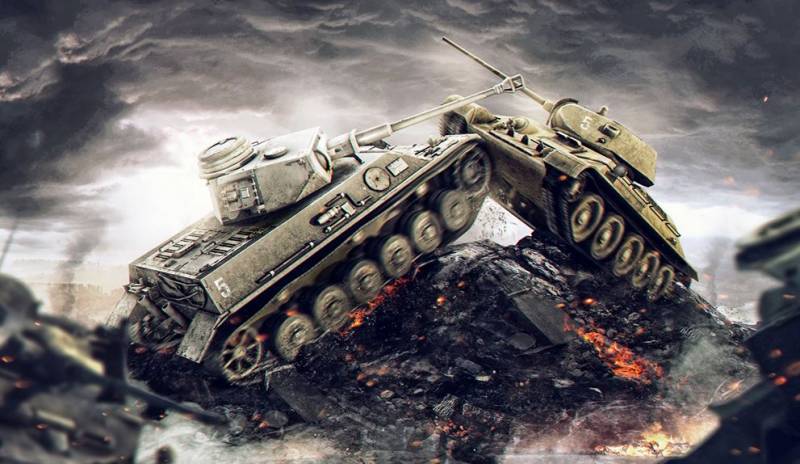
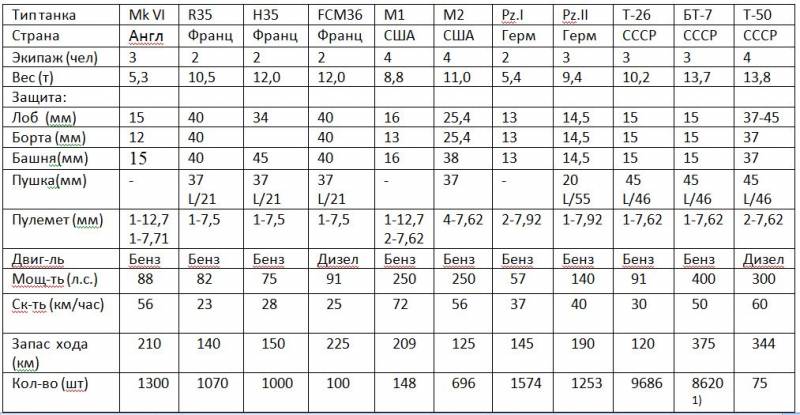
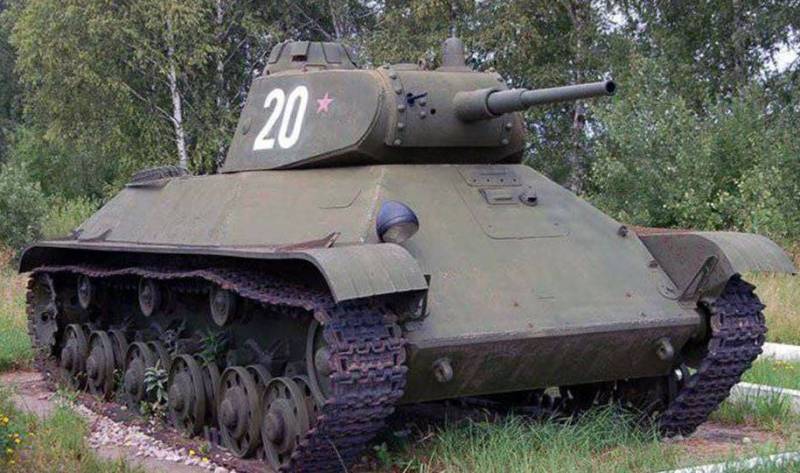
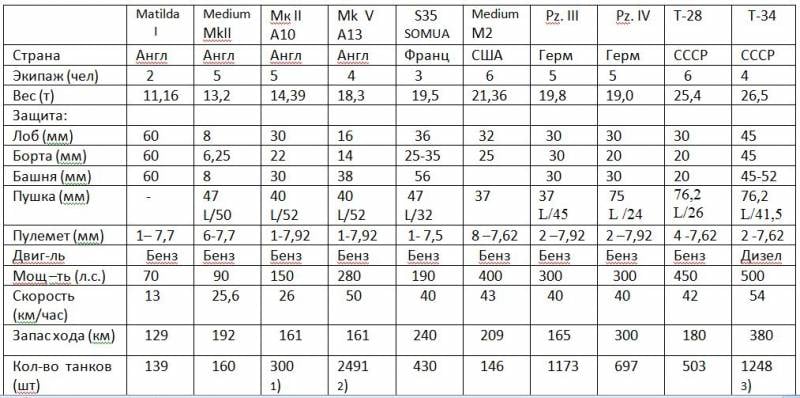
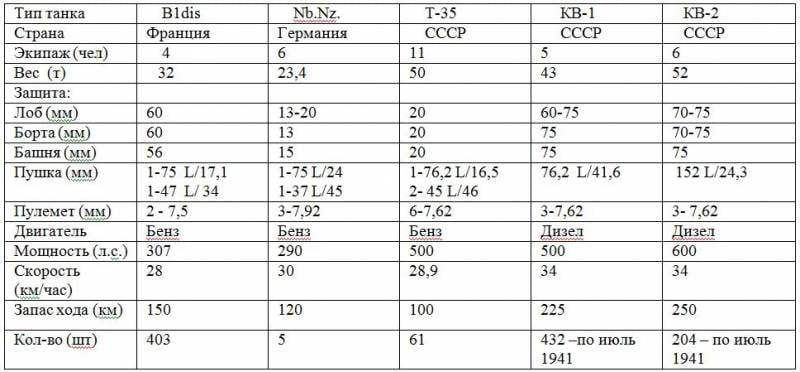
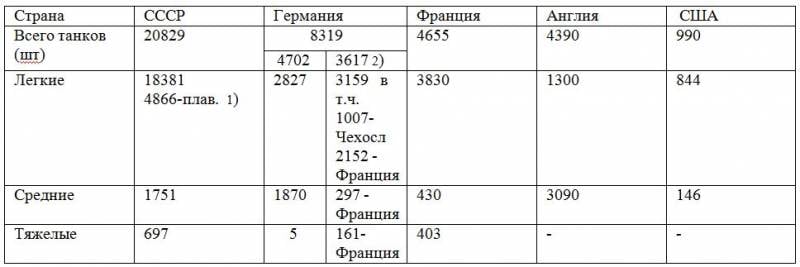
Information